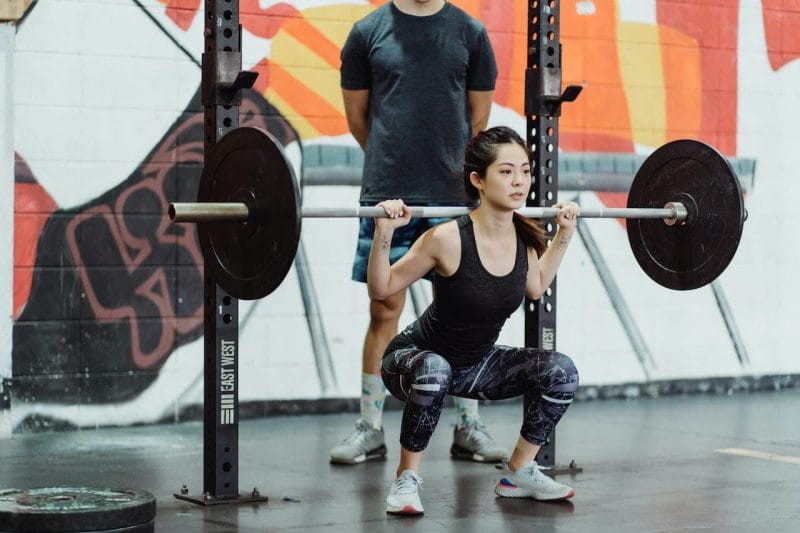Developing proper core stability is essential for maximizing squat performance and reducing the risk of injuries. In this article, we will explore effective strategies to improve core stability, enabling you to perform squats with better technique and efficiency. By implementing these recommendations, you can enhance your overall strength and safety during squatting exercises.
1. Understanding Core Stability: Core stability refers to the ability to maintain a solid and controlled position of the torso during movement. It involves the activation of deep core muscles, including the transversus abdominis, multifidus, diaphragm, and pelvic floor, to provide a stable foundation for dynamic movements like squats. Strengthening these muscles is crucial for maintaining proper spinal alignment, reducing stress on the lower back, and transferring force effectively.
2. Breathing Techniques: One effective way to improve core stability during squats is to focus on proper breathing techniques. By utilizing diaphragmatic breathing, you can engage the deep core muscles, enhance intra-abdominal pressure, and stabilize the spine. Practice taking deep breaths into your abdomen, expanding it fully as you inhale and contracting it as you exhale. This technique helps create a stable platform for the squat movement.
3. Anti-Extension Exercises: Performing anti-extension exercises is another valuable strategy for strengthening the core and improving squat stability. Exercises like the plank, dead bug, or Pallof press target the anterior core muscles, promoting better control and resistance against lumbar extension forces. By incorporating these exercises into your training routine, you can enhance your core stability and protect your spine during squats.
4. Anti-Rotation Exercises: In addition to anti-extension exercises, including anti-rotation exercises in your core training routine can greatly benefit squat performance. Movements such as the Pallof press with rotation or Russian twists challenge the core muscles to resist rotational forces, increasing their ability to stabilize the torso during squats. This resistance to rotation improves your overall control and strength, allowing you to maintain proper form throughout the squatting motion.
5. Progressive Overload: When working on core stability for squats, it’s crucial to implement progressive overload principles. Begin with basic exercises that target core stability and gradually increase the difficulty or load as your strength improves. This progression ensures that your core muscles adapt and become stronger over time, ultimately supporting your squat performance.
6. Practicing the Squat: Finally, the best way to reinforce core stability during squats is through consistent practice. Focus on maintaining a braced core throughout the movement, engaging the deep core muscles and utilizing proper breathing techniques. Gradually increase the weight while ensuring that your technique remains solid. By incorporating regular squatting practice into your routine, you will reinforce core stability and enhance your overall squat performance.
Improving core stability is vital for enhancing squat performance and reducing the risk of injuries. By incorporating breathing techniques, anti-extension and anti-rotation exercises, progressive overload, and consistent squat practice, you can strengthen your core muscles and establish a solid foundation for optimal squatting. Remember, a stable core leads to improved technique, greater strength, and safer training sessions.


